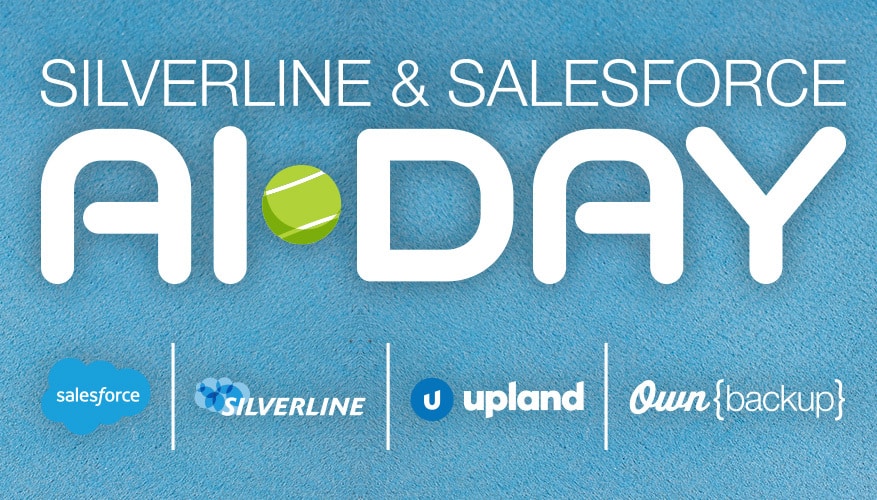Have you ever gotten to the conclusion of a project and found yourself scratching your chin thinking: “this isn’t quite what we wanted or expected?” That, my friends, is a trend across the banking industry. Banks have traditionally used the Waterfall methodology which breeds scenarios like the above. Working with banks of all sizes throughout the country, I’ve noticed that many find themselves pleasantly surprised with the success when they are introduced to Agile. Our banking customers continue to see the benefits to their institution through their project teams, time frame, budget, adoption, and flexibility to change. This was true for our customer, Amalgamated Bank.
“Our projects have traditionally followed the Waterfall methodology. While this has been moderately successful, we have found that at times we would get to the end game and the outcome isn’t what we had hoped for,” said Landon Ewers, Chief Information Officer at Amalgamated Bank. “Since starting to use the Agile methodology, we have found that we are active participants in the development process, and are able to have a significant impact on getting the desired outcome. As a result of this delivery, we have seen success with stakeholder adoption company-wide.”
What is Agile?
The Agile methodology focuses on the principles of continuous improvement, solution iteration, and developing a framework for responding to the changes that are common in the software development process. At Silverline, we have adopted this framework and adapted it to our teams while defining our approach to project success. Our adaptation of the agile process begins with the Ramp phase that’s focused on laying the groundwork for a successful project delivery. Through collaborative workshops, project teams learn the bank’s key goals of the solution and its users then document the deliverables in a detailed backlog and prioritize the work to prepare for a series of sprints. The sprints are two or three weeks in length and are when the bank’s vision becomes reality. Each sprint includes a cycle of design, build, test, and acceptance. At the conclusion of each sprint, there will be a sprint review process which provides the bank’s project team the ability to see an MVP or minimum viable product in a fully working state and allows the bank to have continuous feedback in the solution design.
After successful sprints, the adapted Agile process continues with user testing. User testing gives the bank’s team the opportunity to validate the completed solution, from the culmination of sprints, by giving a sub-set of users access to test the new functionality. Training teaches the solution’s users how to use and support the new system. Finally, the go-live process will release the solution to end users for use in day-to-day business operations.
- The All-Star Project Team
With this type of process, you have full transparency in the process and can see things happen quickly. The best way to keep the project moving along successfully is to have a Product Owner who is empowered to make decisions and who is able to liaise and facilitate decision making between the subject matter experts in both business and IT. This enhances the project by providing answers to questions around the business process and the technical specifications, adhering to banking compliance and regulation. It is imperative to build your project team with a knowledgeable Product Owner to ensure successful delivery. The product owner surrounds his/herself with business process owners and customer experience advocates. This will increase the strength of the team and ensure a successful project experience.
- Planning Ahead
From the Ramp phase, the team captures the project requirements in a backlog and evaluates the level of effort to implement each. This allows the team to create a realistic and analyzed plan for the solution’s delivery and gives the bank the opportunity to evaluate potential gaps. Knowing when each sprint will take place and which subject matter experts are needed, allows our clients to confidently communicate that information to stakeholders in the organization.
- No Budget Surprises
Analyzing each sprint at the start and again upon completion, helps the project team forecast future hurdles and potential budget overruns. Often times, customers see these instances much earlier in the project and can avoid any last minute surprises to stay on budget. This also grants the team the ability to prescribe resources to the level of effort needed.
- Bank-wide Adoption
Short sprints bring the opportunity to improve adoption rates with more frequent feedback cycles, allowing users to feel ownership in the project. With each sprint, there is a tangible piece of the puzzle; something to showcase to the bank’s stakeholders. Regular review of functionality allows buy in from more sources, and increased collaboration with a larger team of representatives from Compliance/Legal, Risk, Commercial Services, Retail Banking, Wealth Management or other departments that find value in the final solution.
- Adapting to Change
Continuous planning for the near term minimizes inefficiencies. Delivering small increments of working software frequently gives the bank the opportunity to experience the solution, provide feedback, and iterate until their vision is achieved. Solution requirements change as you gain more information, and at Silverline, our adaptation on the Agile methodology allows us to address that change quickly and seamlessly. This experience also allows the bank to prioritize work based on what is important to their business, and develop solution features that drive the greatest business value ensuring money is well spent. This was also true for our customer, OceanFirst Bank.
“The banking industry is changing at a rapid pace and with that, our bank needs to be proactive and not reactive to change,” Robert Kilgour, Vice President of Information Technology for OceanFirst Bank. “We are transitioning to a more Agile project management process allowing proper prioritization of tasks, effective use of time and successful project outcomes.”
Adopting Agile can enhance your bank’s project delivery experience, give your bank the flexibility to succeed and adapt within the constraints of your time and budget. Silverline’s team of experts are here to provide your team with a wealth of industry expertise as well as the use of Agile in hundreds of projects across the country. Contact us today to learn more.




